A DREAMER IN THE GARDEN OF ASCLEPIUS
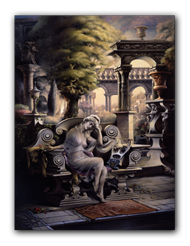
He was said to be in affinity with the ancients. Often enough he was held in spellbound contemplation before the great masters in the National Gallery, or midst the timeless wonders of antiquity in the British Museum. Frequent visits to self declared seats of learning were no passing whims of fancy, rather were they private intromissiary occasions of silent dialogue with animate masterpieces in the unseen nearness of their creators.
It was in the British Museum one fine day that Daniel chose to spend time with a favorite Greek sculpture, the woderfully chiselled marble head of Asclepius who, with his daughters Hygieia and Panacea, founded the Temple and gardens of sacred healing a long time ago. And sitting there before the life-giving head he became aware after awhile of another presence; a young woman of singular beauty sat nearby on the same form, entranced by the compassionate countenance of Asclepius.
The young woman turned to Daniel and enquired if he knew ought of the one before them, and he, welcoming the opportunity, spoke at length of the ballet, mime and music, rendering of poetry and performance of play, all of which were celebrated in the sanctuary of sacred healing. As he related the little of which he knew, his attention was drawn to the stranger's apparel. She was mantled in a Greek peplos not unlike those of the sculptured female figures adjacent to the objects of their admiration. The listener bade him say more on the subject of which he was so obviously enamoured. Indeed he said much of the rites of spiritual healing and mystical celebrations of antiquity.
Daniel then spoke of a fabled poetess and musician, who made the Island of Lesbos of world renown from 600 B.C. to this very day. He painted a picture of the beautiful young woman who founded a religious cult to Aphrodite and the Muses, of which she became a priestess. Many years later she was called by Plato the 10th Muse. Wherever she read her poetry or sang and played her lyre, statues of her were erected in her honour. Long after she left this mortal scene, her songs were sung to vast audiences even further afield.
After a short pause, as if Daniel were to reveal a secret, he said “And that young woman
who was so inspired by Asclepius was called Sappho.” The young woman stood to take
her leave, and thanking him, she said “I am she of whom you have spoken”. Emerging
through the towering portals of the British Museum he glimpsed the mysterious listener
as she gathered her skirts about her to board a waiting taxi-cab outside the massive
wrought iron gates - - 'in that brief moment the setting sun glinted on a lyre she held
closely to herself.
- DANIEL
Daniel reflects on a very specific encounter with Sappho at the British Museum. The
“unseen friends” of Daniel would occasionally materialize and visit Daniel even before
he departed from this mortal scene. I was fortunate as Daniel's spiritual friend to
recount some of these experiences.
- LJO
HOME |
LEWIS J. OBI MD, FSRA |
SERENDIPITOUS JOURNEY |
CONTACT
ABOUT DANIEL |
DANIEL GALLERY |
CATALOG RAISONNE |
DANIEL LITHOGRAPHS
The Daniel Gallery | Copyright © 2012 ObiArts, Inc. | All rights reserved
Web Site Design, Web Hosting & Search Engine Optimization by BoomClient
![]()








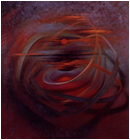


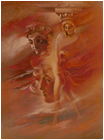
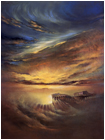
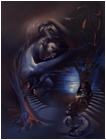
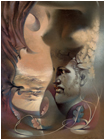
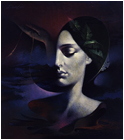



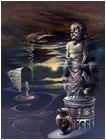


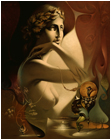


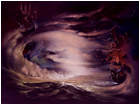
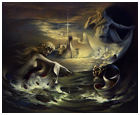
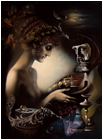



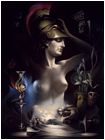
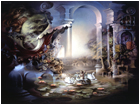
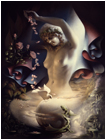

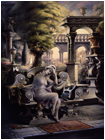


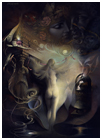

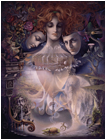

 VISIT US ON FACEBOOK
VISIT US ON FACEBOOK